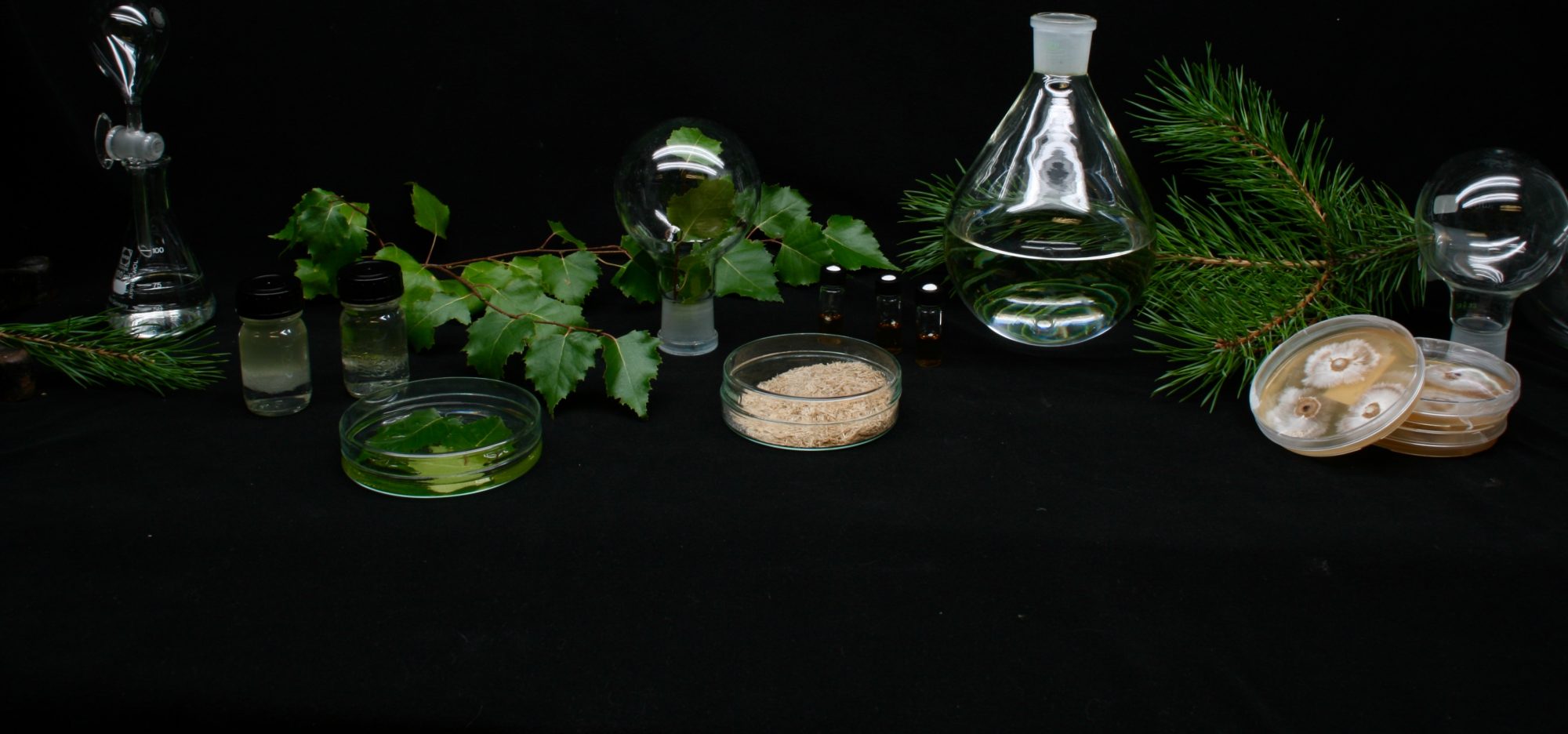The American Chemical Society (ACS) annually hosts two major conferences on chemistry, one in the spring and the other in the autumn. Members of the Food Materials Science group in the University of Helsinki have regularly participated in the ACS Spring events since 2005 to present the results of our work. While the ACS Spring 2020 was cancelled due to the coronavirus pandemic, in 2021 the conference was held entirely online via Zoom, with live presentation sessions being held on April 5th-16th and on-demand sessions between April 19th-30th. Several of our members received the opportunity to present our research in the oral presentation sessions. Below is the list of presentation titles and the contributing authors, with the presenters in bold:
- Hardwood xylans show prebiotic effect on rodents – Emma Kynkäänniemi, Maarit Lahtinen, Ching Jian, Anne Salonen, Kirsi S. Mikkonen, Anne-Maria Pajari
- Comparative emulsion stability study of hot water-extracted birch glucuronoxylans – Felix Abik, Thao Minh Ho, Kirsi S. Mikkonen
- Lignin nanoparticles and nanocelluloses for the removal of pharmaceutical residues from water – Melissa Agustin, Mari Lehtonen, Kirsi S. Mikkonen
- Green route fabrication approaches of lignin nanoparticles: a comparison study – Patricia Figueiredo, Melissa Agustin, Maarit Lahtinen, Sami-Pekka Hirvonen, Paavo Penttilä, Kirsi S. Mikkonen
- Analytical insights on lignin-carbohydrate complexes in softwood and hardwood extracts – Danila Morais de Carvalho, Maarit Lahtinen, Martin Lawoko, Kirsi S. Mikkonen
We normally would have attended the conference live in the United States, but as it was held entirely online, we could participate without having to travel from Finland to the United States. The format also allowed us to watch the presentations that we found interesting, despite being spread across different divisions, and move between the different parallel sessions seamlessly. For example, most of us were involved in the Division of Cellulose and Renewable Materials (CELL), but we could easily switch to sessions within the Division of Colloid and Surface Chemistry (COLL), Agricultural and Food Chemistry (AGFD), or Analytical Chemistry (ANYL), to name a few. This allowed us to listen to various topics of our choice, maximizing the insight we got from the conference.
However, the sessions were organized based on the Pacific Daylight Time, which is 10 hours behind our current Eastern European Summer Time in Finland. Therefore, the sessions of the day began at 7 PM Helsinki time, and closed early in the morning. Consequently, a special mention goes to those who had to present in the early hours of the morning. It also became rather difficult to watch the presentations that were scheduled later in the day. Nevertheless, an option to allow presenters to open their presentations to be available for on-demand viewing until April 30th was available, which allowed us to watch many of the presentations that we missed, was in parallel with other presentations, or even fell asleep while watching due to the late hours.
Overall, despite missing the direct interaction aspect of traditional conferences, we still managed to obtain as much knowledge and experience as we can from ACS Spring 2021. We look forward to our next participation in an ACS Meeting!


